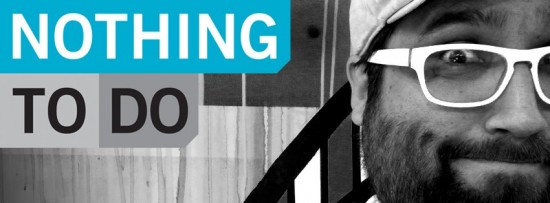As an intern, I am still learning the different elements of the production process. I sat down with Josh Krause, an Editor/Producer at Windsong, and asked him for five simple steps to being a good editor.
1. Come prepared:
Although he knew this next tip was fairly obvious, Krause suggested that any editor start their day with a steady supply of snacks, water and coffee.
2. Comfort is key:
Be sure to have a comfortable chair. Editing is a time-consuming process of initial edits and re-edits. For example, Krause uses a Herman Miller Aeron Chair. He swears by it and for good reason, the chair has been featured in the Museum of Modern Art for its ergonomically sound design. Krause is fancy, huh?
3. Use keyboard shortcuts:
Krause has been working in the industry for 10 years and has since become so familiar with Final Cut Pro that it’s become second nature. He advocates understanding and using the keyboard shortcuts.
For example: Using the “media start” key will return you to the start of your editing timeline. While this seems fairly simple to Krause, I imagine that if you didn’t use this shortcut you would be devoting quite a bit of your editing day to scrolling.
4. Pacing:
“With whatever you’re doing, things should run smoothly. When they don’t, the audience will react. And perhaps in a way you don’t want them to.” -Krause
Fun Fact: When a movie’s pace changes from intense to relatively calm, it’s not unusual to see audience members shift the position of their bodies. Krause says that is the doing of an editor.
5. Get a second opinion:
“Sometimes you are wrong,” Krause said, “and that’s okay.”
Krause says that often times editors get very comfortable with the footage and that’s always a good time in the editing process to step away. Get a second pair of eyes to view your work.
Intern Life Series is written by Chelsea Gue. Gue is new to the video production industry and is learning a ton of interesting stuff.



All editors can relate. There should be a support group for editors, for what we go through. People don’t know about the time, effort, patience (render/export time), and knowledge it requires. It’s important to take constructive criticism and not take it personally when taking direction or suggestions. Never compromise quality on your edit, finish an edit when you’re 100% satisfied frame by frame. Make sure you carefully examine all footage several times because every frame is important Some more tips: Organize and titles your files accordingly first before you edit. Always autosave you project frequently, it can save days of work! Master the 3-Way Color Corrector, it can make or break your edit and has been used to color correct on feature films. It’s all about storytelling, make visual effects and flashy graphics secondary. Edits must have a rhythm to it like the pace of music and the pace must fit the scenario. (Render time pushups come in handy from being stationary for long periods of time) Could go on and on, thanks for the article for the behind the scenes people.